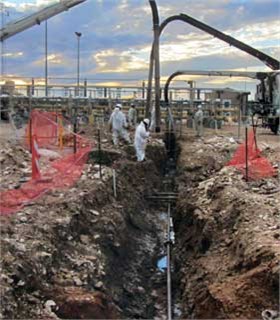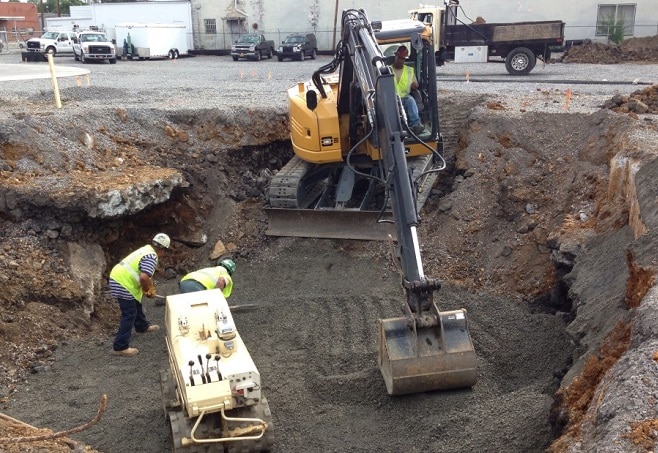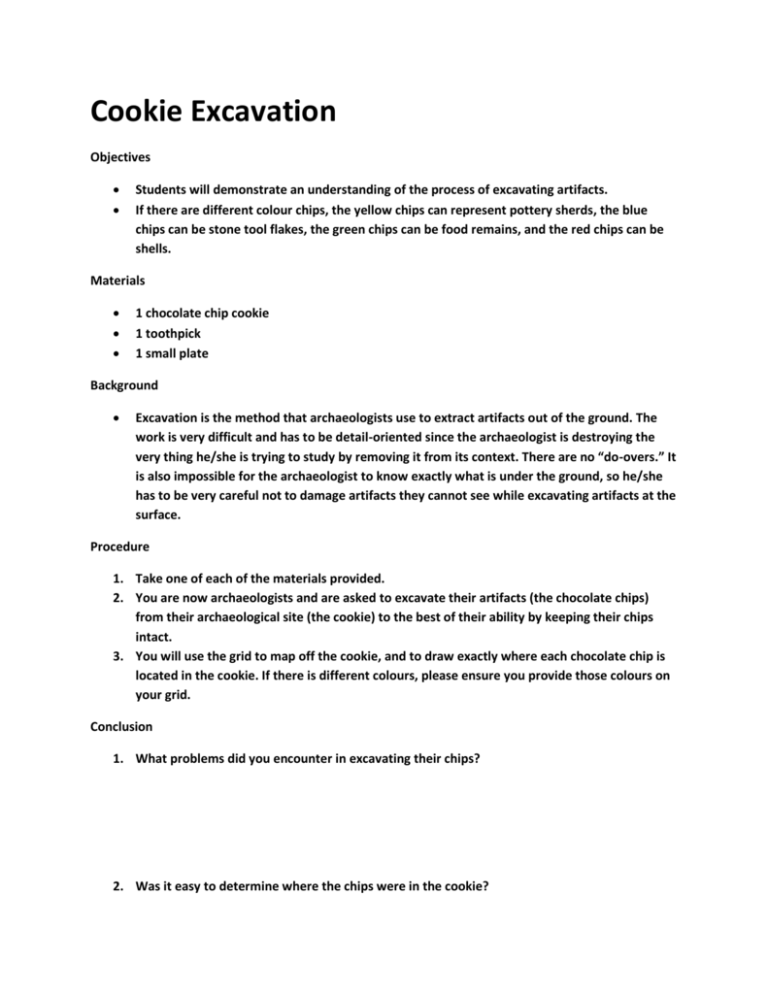9 Simple Techniques For Demolition
Wiki Article
9 Simple Techniques For Excavation Companies
Table of ContentsThe Mini Excavator PDFs9 Simple Techniques For General ContractorA Biased View of Grading ContractorsThe Best Guide To General ContractorThe Best Guide To Mini Excavator


Scrapers or Pans dig deep into soil in one location, haul as well as discard the soil in another area (trencher). It is hard to match the efficiency of scrapers for cut/fill soil procedure if the haul distance is much less after that a mile. Scrapes are generally pulled by a rubber tire wheel tractor and also are in some cases pressed via the cut area by a bulldozer.
There are lot of times that scrapes are not made use of for site grading and also a dump vehicle is used: the haul may be to long, the haul may cross roads where scrapers are not permitted, difficult rock may be come across, tools availability, and so on. Dump vehicles are in usual usage and also possibly need little conversation.
"Rock body" beds, on the other hand, have no tailgates and also can unload any kind of dimension rock, although their volume capacity is lessened. Compaction Tools boosts the density of the dirt as well as in some instances provides a smooth, rolled surface area.
Our Mini Excavator Diaries
From an easy examination pit to percussion drilling to core drilling the proprietor has progressively a lot more costly alternatives that generate significantly better information regarding the website underground. For instance, the Owner on a 100,000 SF building job might license twenty monotonous areas with split spoon soil samples taken up until rock is reached and after that core examples of rock.Knowing the kind and quality of rock (from the core examples) and location of rock (from the dirts boring) is an actual advantage in jobsite preparation. On the other hand, the Owner of a 100,000 SF building might make a decision to wage no geotechnical testing whatsoever. The choice about geotechnical testing is normally made by a Proprietor with no input from the Building Manager.
The area on Dirts as well as Geology aids you understand the terms in the geotechnical report. A knowledge of the approximate location of the rock helps the Construction Manager to prepare the sequence of steps adhering to rock excavation. If rock is in one edge of a huge building task, for instance, the planet excavation might begin at the contrary end of the building in order to begin structure work soonest.
Beginning the structure work early would be an excellent idea if the rock could be eliminated by tearing. However, if the rock is incredibly difficult as well as calls for substantial blasting, it might be sensible to hold structure work up until the blasting is finished. The Building and construction Supervisor must coordinate these kinds of choices and make use of all the technological date available.
4 Simple Techniques For Concrete Contractors
Unclassified excavation stipulates that all rock or various other unforeseen materials (omitting hazardous products) experienced in the sitework will be the obligation of the Professional at no adjustment independence excavating in contract price. An unidentified excavation is easier from a book-keeping perspective and also puts the responsibility for geotechnical conditions onto the Sitework Specialist.Exactly How Water Affects Sitework? It's remarkable what a hefty rain can do to a building and construction task. Before the rain, the website may be completely dry, heavy tools efficiently relocating earth, the other trades efficiently doing their work. Within hrs the project can be a sloppy, mud-hole with employee efficiency cut to about 10%.
In many areas of the globe, the Construction Manager have to bear in mind a basic fact: IT WILL CERTAINLY RAINFALL. Excellent preparation can minimize the damage and disturbance of a hefty rainfall to a jobsite. Often the excavation as well as grading is left to the Sitework Contractor (and their Foremen is responsible to supervise as well as route the hefty devices and also drivers).
The Building Supervisor need to be constantly conscious of what rain will do to the project website. It is not unusual for the Sitework Foreman to work their hefty tools for maximum efficiency and wish it does not rainfall. One of the most effective ways to get ready for rain is to slope all qualities to drain as well as to smooth rolled the surface area prior to a rainfall.
The Only Guide to Demolition
The Building Manager have to be far-sighted sufficient to guarantee that heavy rainfall does not stop work on the project much longer than necessary. Daily discussions with Sitework Foremen might be needed to achieve this objective. Whenever excavation is needed listed below the existing water table on a task, the procedure of dewatering need to be taken into consideration.In a really cohesive soil, the water travels so gradually via the clay or silt that dewatering is not normally necessary for the relatively short time of excavation. Dewatering might be needed for a solitary ground excavation or for an entire project website. The most typical dewatering methods are trench drains pipes, deep wells and also well points.

Ground water seepage can likewise be reduced by cutoff methods such as sheet loading. The site costs for dewatering can be staggering, consisting of devices leasing, labor as well as electrical power (or fuel). High dewatering prices have actually paled the profit margins on much too lots of jobs. The numerous variables provided below make the job of approximating dewatering prices extremely tough, and really inexact.
This alternative should constantly be thought about when examining the possibility of dewatering. Certainly the choice is just practical if gravity can run the water to reduced ground. Trench drains pipes can be reduced with a backhoe and also full of a coarse, granular product (# 4 stone as an example), however care should be worked out in choosing the water electrical outlet kind and also location.
The Ultimate Guide To Trencher
A siphon, by meaning, uses air pressure to lug water from one elevation, up over a barrier, to a lower altitude. The pipes in a siphon system have to be closed as well as some resourcefulness is often needed to totally load the siphon pipe. The siphon pipeline need to be complete for the siphon to begin.A deep well contains a pump, hose pipe as well as an upright well casing. The pump intake is at the bottom of the well casing (typically some smashed stone is put down there as a filter medium) (grading contractors). The water is inflated the hose pipe, out of the well covering, and also to a suitable discharge place.
In a crude sand, for instance, a large area can be pumped to near the pump consumption elevation. A much less absorptive dirt, on the other hand, decreases the efficiency of a deep well. Since the pump is usually at the end of the deep well, there are no elevation constraints due to vacuum lift, and deep wells can reduce the groundwater over site link 50 feet.
On the base of the wellpoint there is a 2 foot long screen and valve, water jets out of this valve and also develops an opening into which the wellpoint pipeline can be reduced. This hole is frequently made a bigger diameter (as an example 10 inches) to enable a coarse sand backfill to assist filter the water (excavation companies).
Report this wiki page